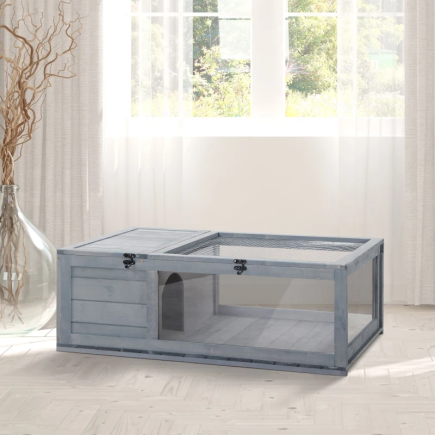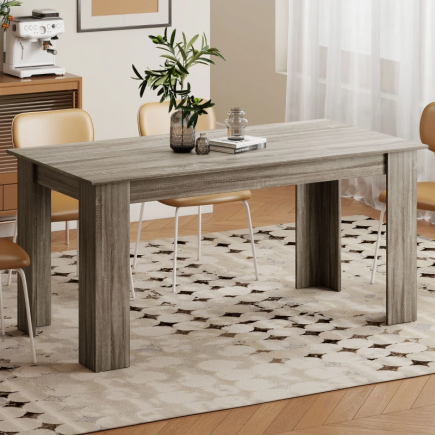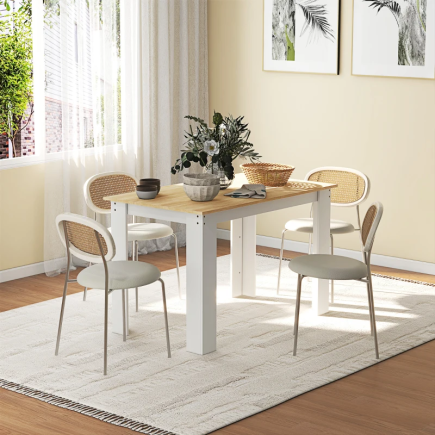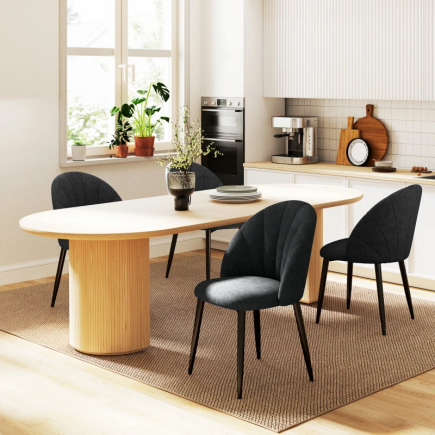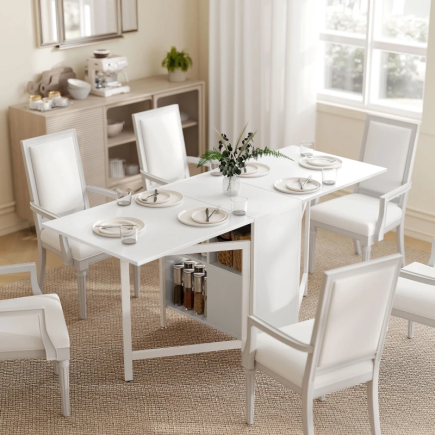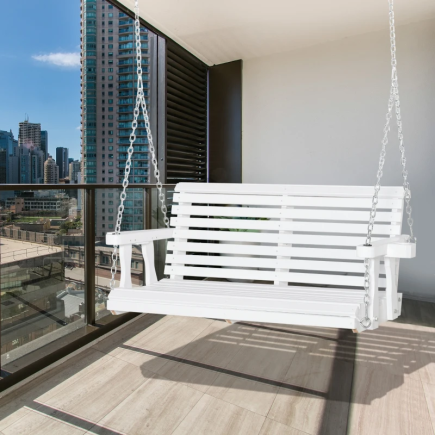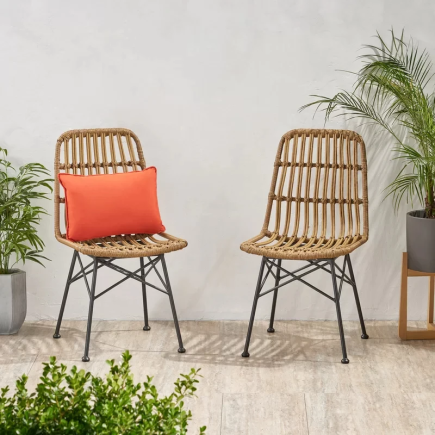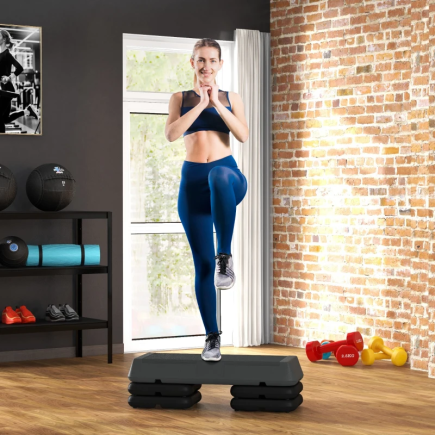
Reupholstering a piano bench is a straightforward, rewarding DIY project. Whether your bench is showing signs of wear, or you want to change its look and comfort level, reupholstering it can give it new life. This guide will take you through each step of the process with clear, easy-to-follow instructions, so you can do the job yourself, saving both time and money.
Step 1: Gather Your Tools and Materials

Before you begin the reupholstery process, it’s important to gather all the necessary tools and materials. Having everything ready will make the job much smoother and more efficient.
Tools You’ll Need:
- Staple Gun: Used for attaching the fabric securely to the bench.
- Screwdriver: For removing screws or parts of the bench if needed.
- Scissors or Fabric Cutter: To trim your fabric and foam.
- Pliers: To remove any old staples or nails.
- Hammer: If you choose to use decorative nails or tacks.
- Upholstery Needle (Optional): For any hand stitching if necessary.
- Measuring Tape: To measure the fabric and foam correctly.
Materials You’ll Need:
- Fabric: Choose a durable fabric that complements your home decor. Fabrics such as cotton, faux leather, or velvet are all great choices.
- Upholstery Foam: If the cushion is flattened or damaged, you’ll need new foam for added comfort.
- Batting (Optional): Soft material placed between the fabric and foam to smooth out the surface and add extra padding.
- Decorative Nails or Upholstery Tacks (Optional): Used for finishing touches if you want a more professional or vintage look.
Step 2: Remove the Old Upholstery

Start by stripping the bench of its old fabric and padding. This will give you a clean surface to work with for the new materials.
How to Remove the Old Upholstery:
- Flip the Bench Over: Turn the bench upside down so that the seat is easily accessible.
- Remove Staples and Nails: Use pliers to pull out any staples or nails that are securing the old fabric. Work slowly to avoid damaging the bench frame.
- Take Off the Old Fabric: Carefully remove the fabric. Try to keep it intact, as it can be used as a template for cutting your new fabric.
- Check the Foam: Inspect the foam beneath the fabric. If it’s damaged, flat, or uncomfortable, replace it with new upholstery foam.
Step 3: Measure and Cut the New Fabric

Now that you’ve removed the old fabric, it’s time to prepare your new materials.
How to Measure and Cut the New Fabric:
- Use the Old Fabric as a Template: Lay the old fabric flat and place it over the new fabric. Use it as a guide to cut the new fabric to the same size. Add an extra 3-4 inches around all edges to ensure you have enough material to pull tightly around the seat.
- Cut the Foam (if needed): If you’re replacing the foam, measure the seat again and trim the foam to fit the dimensions of the seat. Make sure it’s not too thick or too thin for comfort.
- Add Batting (Optional): If you want a smoother, softer finish, wrap the foam with batting. This will make the foam feel more cushioned and help hide any imperfections.
Step 4: Attach the New Fabric
Now comes the fun part attaching your new fabric to the bench.
How to Attach the Fabric to the Bench:
- Position the Foam and Fabric: Place the foam on the seat, then drape the fabric over the foam, making sure it’s centered properly.
- Start Stapling: Start at the center of one side and pull the fabric tight. Staple every 2-3 inches along the edge to secure it. Make sure the fabric is taut to prevent wrinkles.
- Work Your Way Around: Move around the seat, pulling the fabric tightly as you staple. Be sure to keep the fabric centered and even.
- Fold the Corners Neatly: The corners can be tricky. Fold the fabric neatly like wrapping a gift, pulling the fabric tightly around the corners before stapling it down securely.
- Trim the Excess Fabric: Once all the fabric is stapled, trim off any extra fabric around the edges so it doesn’t create unnecessary bulk under the seat.
Step 5: Reassemble the Bench
After reupholstering the seat, it’s time to put everything back together.
- Reattach the Seat to the Frame: If you removed any screws or parts to access the seat, now is the time to put everything back together. Use the screwdriver to reattach the seat to the frame of the bench.
- Ensure Stability: Make sure everything is securely fastened and that the seat doesn’t wobble or feel loose.
Step 6: Inspect and Test Your Work

Once everything is back in place, you’ll want to do a final inspection to ensure your reupholstery job is perfect.
How to Inspect the Bench:
- Check the Stability: Sit on the bench and make sure the seat feels secure. There should be no wobbling, creaking, or instability.
- Test the Comfort: Spend a few minutes sitting on the bench to test the comfort level. Make sure the foam is providing adequate support and that the fabric feels smooth.
Step 7: Add Decorative Elements (Optional)
If you want to give your piano bench a polished, classic look, you can add some decorative elements.
How to Add Decorative Nails or Tacks:
- Position the Nails/Tacks: Once the fabric is stapled down, use a hammer to attach decorative nails or tacks along the edges of the seat. Space them evenly for a professional finish.
- Hammer Them In: Carefully hammer each nail or tack into place. Be gentle to avoid damaging the fabric.
Enjoy Your New Piano Bench!
Reupholstering your Piano Bench is a practical and satisfying project that can make a big difference in both the aesthetics and comfort of your piano setup. With the right tools, materials, and a bit of patience, you can have a beautifully reupholstered bench ready for use in no time.
By following the steps outlined in this guide, you’ll not only breathe new life into an old bench but also enhance your playing experience with a bench that is comfortable, stable, and stylish.
FAQs
1. What type of fabric is best for a piano bench?
Durable fabrics like faux leather, velvet, or heavy-duty cotton are ideal for piano benches. They should provide comfort and hold up to long hours of sitting.
2. How do I measure the foam for my bench seat?
Measure the length and width of the seat. Add a few extra inches to the foam to ensure full coverage when attaching the fabric. Trim the foam with a utility knife if necessary.
3. Can I use any type of staple gun?
It’s best to use a heavy-duty staple gun that can handle upholstery-grade staples. Ensure it can staple through both fabric and foam.
4. Do I need to replace the foam?
If the foam is worn out, flat, or uncomfortable, it’s a good idea to replace it. If the foam is still in good condition and provides adequate comfort, you can simply reuse it.
5. How do I ensure a smooth, wrinkle-free finish?
Pull the fabric tightly as you staple, and work in sections. Pay close attention to the corners, ensuring the fabric is folded neatly to prevent wrinkles.

